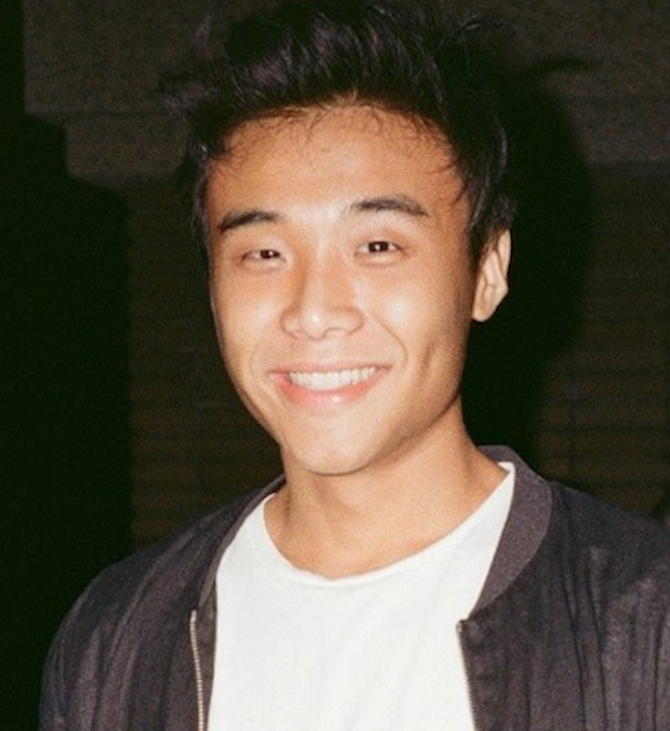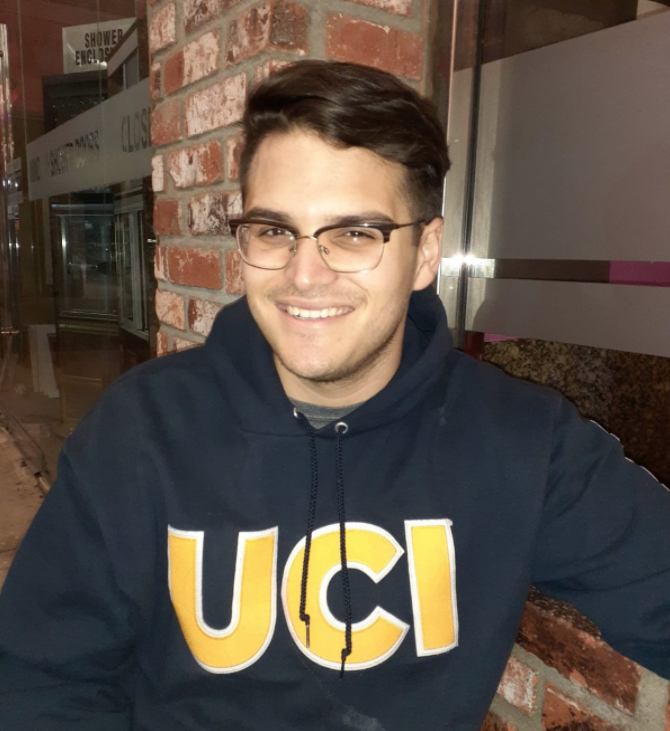Data Acquisition Procedure
Using PsychoPy, we built a visual stimulator that pairs easily with an EEG system to acquire and time-synchronize data.
According to the CDC, nearly 800,000 Americans suffer from strokes each year. These strokes often result in brain damage, causing lesions to develop on the brain. These patients often exhibit contralesional inattention to stimuli, or spatial neglect. There is no current standard that measures the severity of spatial neglect, making it difficult to research novel therapies and compare patient outcomes.

Standardized quantification of spatial neglect severity allows researchers to validate proposed therapies and rehabilitation techniques. Furthermore, granular patient outcome tracking can improve motivation and mental well-being.
By identifying neuronal networks that strengthen as the patient improves, we can recognize Hebbian neuroplasticity. We can target these networks with transcranial magnetic stimulation (TMS) and accelerate patient recovery and revolutionize neuromodulation therapies.

Our device measures event related potentials through EEG leads and uses a classifier to identify inattentive patterns. Through iterative attention classification of different regions of the visual field, the software reconstructs the visual field and quantifies neglect severity by calculating the area of neglect.
The classification confidence and behaviors of individual electrodes are used to isolate Hebbian networks, and will be used to inform TMS targeting. Automation of personalized neuromodulation therapies is likely to exhibit much greater efficacy and repeatability, and may revolutionize neuropsychiatric treatments.
Using PsychoPy, we built a visual stimulator that pairs easily with an EEG system to acquire and time-synchronize data.
Our classifier utilizes machine learning in order to identify brainwaves that signify recognized and neglected stimuli.
Using a combination of image reconstruction and processing, we allow medical professionals to determine size and area of neglected field.


Patient information is protected and identifiers are hashed or removed prior to data transfers.

Through machine learning and iterative testing, we expect to reach accuracy levels of 80% with low-cost, accessible materials. Increased accuracy is expected from medical grade equipment.
One potential competitor is Advanced Brain Monitoring and the B-Alert X-series which is a wireless EEG system (9 channels up to 20 channels). With B-Alert BCI development tools, developers are provided rapid prototyping tools to fit the right approach with the right task. Within clinical environments, the results are recovery of lost function and accelerated healing. One difference between this device and ours is that the B-Alert X-series uses wireless connection, which greatly improves portability of the device and allows the user’s postures and movements to be unimpeded. Even though wireless BCI systems provide a number of advantages, the quality of measured EEG signals that they provide must be improved for more precise classification of user’s intensions. The measured EEG signals are easily contaminated by various noise sources.
Another potential competitor is Evoke Neuroscience. Evoke Neurosciene’s eVox system is a medical device that acquires biomarkers based on EEG and event-related potentials (ERP) that can assist physicians in identifying the root cause of memory loss, identifying MCI and memory loss sooner, and performing a differential diagnosis of depression vs. dementia. The device collects 19-channel EEG and ERP data via a portable and automated 24-channel amplifier to offer objective, brain-based biomarkers that aid in diagnosis of cognitive disorders such as ADHD, anxiety, and sleep disorders. However, this system costs between $15,000 and $20,000, depending on configuration.
Our design has great potential in the market. We would create a novel method of measuring spatial neglect severity; since no current method exists, the ability to measure severity would be a boon to therapeutics research. It would enable patient outcome tracking and the comparison of proposed therapies. In addition, by tracking regions where the signals become stronger over the course of patient therapies, we can identify areas of Hebbian neuroplasticity. These areas can be targeted with neuromodulation therapies such as TMS. While TMS carries huge potential as a therapeutic modality, it currently yields inconsistent results; by creating a method to target and localize the stimulation, TMS efficacy is likely to increase with targeted stimulation.

I am an Assistant Teaching Professor of Biomedical Engineering at UC Irvine. I received my BS and MS from Manhattan College in Mechanical Engineering and my PhD in Biomedical Engineering from UC Irvine, where I developed brain-computer interface systems for neurorehabilitation.

I am a biomedical engineering student at UC Irvine! After completing my bachelors this coming spring, I hope to continue into graduate school and pursue a Master’s degree in a computational field such as human-computer interactions, computer vision/AI, or data analytics.

I am a biomedical engineering student at UC Irvine. I am planning to continue into graduate school next year, particularly in Biomedical Computational Technologies and Neuroengineering. During the pandemic, I started to learn watercolor painting and my favourite objects to paint are ballerinas.

I am a biomedical engineering student at UC Irvine. I can be contacted by email at jaekl5@uci.edu. Over quarantine, I have been learning how to play a guitar through YouTube and also adopted a six month old kitten named Kovu. After graduating, if the pandemic situation is under control, I plan on traveling to England to watch an Arsenal football match. After graduation, I plan to work in industry and I am also planning to apply for graduate school.

I am a material science engineering student at UC Irvine. I am an avid fan of weightlifting and powerlifting, and through this hobby have managed to lose over 100lbs. After graduation I plan to work in industry.

I am a material science engineering student at UC Irvine. My freshman year at UCI I joined the UCI rowing team and had the opportunity to travel to Georgia to compete at the national American Collegiate Rowing Association (ACRA) competition and my boat won first place. Another big hobby of mine is drawing portraits of people.